HSBC 2010 Annual Report Download - page 62
Download and view the complete annual report
Please find page 62 of the 2010 HSBC annual report below. You can navigate through the pages in the report by either clicking on the pages listed below, or by using the keyword search tool below to find specific information within the annual report.-
 1
1 -
 2
2 -
 3
3 -
 4
4 -
 5
5 -
 6
6 -
 7
7 -
 8
8 -
 9
9 -
 10
10 -
 11
11 -
 12
12 -
 13
13 -
 14
14 -
 15
15 -
 16
16 -
 17
17 -
 18
18 -
 19
19 -
 20
20 -
 21
21 -
 22
22 -
 23
23 -
 24
24 -
 25
25 -
 26
26 -
 27
27 -
 28
28 -
 29
29 -
 30
30 -
 31
31 -
 32
32 -
 33
33 -
 34
34 -
 35
35 -
 36
36 -
 37
37 -
 38
38 -
 39
39 -
 40
40 -
 41
41 -
 42
42 -
 43
43 -
 44
44 -
 45
45 -
 46
46 -
 47
47 -
 48
48 -
 49
49 -
 50
50 -
 51
51 -
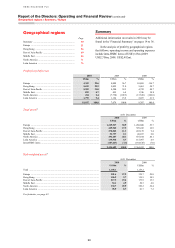 52
52 -
 53
53 -
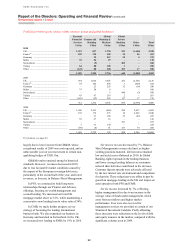 54
54 -
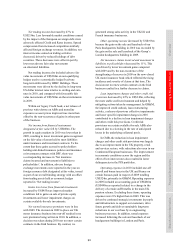 55
55 -
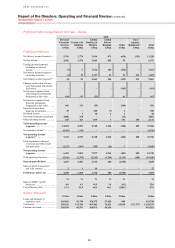 56
56 -
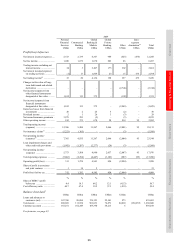 57
57 -
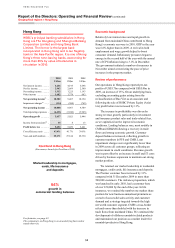 58
58 -
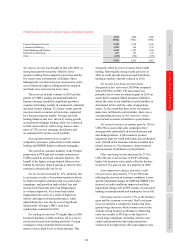 59
59 -
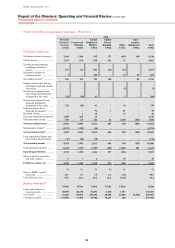 60
60 -
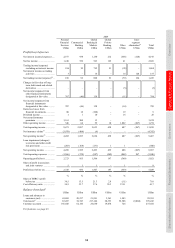 61
61 -
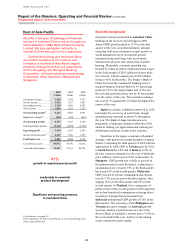 62
62 -
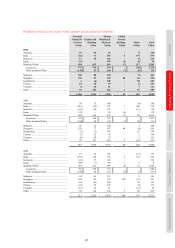 63
63 -
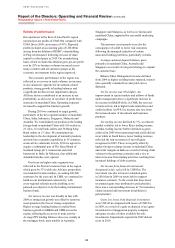 64
64 -
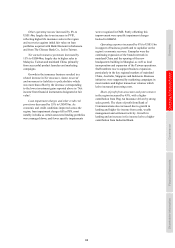 65
65 -
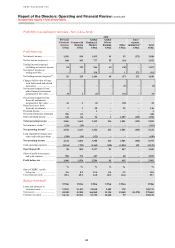 66
66 -
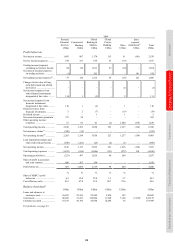 67
67 -
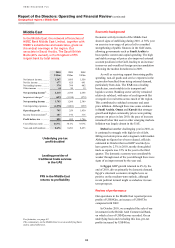 68
68 -
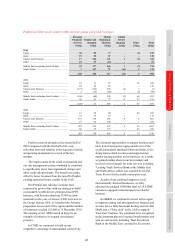 69
69 -
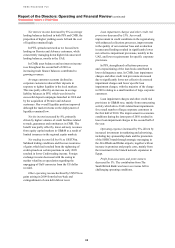 70
70 -
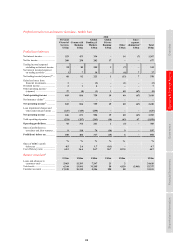 71
71 -
 72
72 -
 73
73 -
 74
74 -
 75
75 -
 76
76 -
 77
77 -
 78
78 -
 79
79 -
 80
80 -
 81
81 -
 82
82 -
 83
83 -
 84
84 -
 85
85 -
 86
86 -
 87
87 -
 88
88 -
 89
89 -
 90
90 -
 91
91 -
 92
92 -
 93
93 -
 94
94 -
 95
95 -
 96
96 -
 97
97 -
 98
98 -
 99
99 -
 100
100 -
 101
101 -
 102
102 -
 103
103 -
 104
104 -
 105
105 -
 106
106 -
 107
107 -
 108
108 -
 109
109 -
 110
110 -
 111
111 -
 112
112 -
 113
113 -
 114
114 -
 115
115 -
 116
116 -
 117
117 -
 118
118 -
 119
119 -
 120
120 -
 121
121 -
 122
122 -
 123
123 -
 124
124 -
 125
125 -
 126
126 -
 127
127 -
 128
128 -
 129
129 -
 130
130 -
 131
131 -
 132
132 -
 133
133 -
 134
134 -
 135
135 -
 136
136 -
 137
137 -
 138
138 -
 139
139 -
 140
140 -
 141
141 -
 142
142 -
 143
143 -
 144
144 -
 145
145 -
 146
146 -
 147
147 -
 148
148 -
 149
149 -
 150
150 -
 151
151 -
 152
152 -
 153
153 -
 154
154 -
 155
155 -
 156
156 -
 157
157 -
 158
158 -
 159
159 -
 160
160 -
 161
161 -
 162
162 -
 163
163 -
 164
164 -
 165
165 -
 166
166 -
 167
167 -
 168
168 -
 169
169 -
 170
170 -
 171
171 -
 172
172 -
 173
173 -
 174
174 -
 175
175 -
 176
176 -
 177
177 -
 178
178 -
 179
179 -
 180
180 -
 181
181 -
 182
182 -
 183
183 -
 184
184 -
 185
185 -
 186
186 -
 187
187 -
 188
188 -
 189
189 -
 190
190 -
 191
191 -
 192
192 -
 193
193 -
 194
194 -
 195
195 -
 196
196 -
 197
197 -
 198
198 -
 199
199 -
 200
200 -
 201
201 -
 202
202 -
 203
203 -
 204
204 -
 205
205 -
 206
206 -
 207
207 -
 208
208 -
 209
209 -
 210
210 -
 211
211 -
 212
212 -
 213
213 -
 214
214 -
 215
215 -
 216
216 -
 217
217 -
 218
218 -
 219
219 -
 220
220 -
 221
221 -
 222
222 -
 223
223 -
 224
224 -
 225
225 -
 226
226 -
 227
227 -
 228
228 -
 229
229 -
 230
230 -
 231
231 -
 232
232 -
 233
233 -
 234
234 -
 235
235 -
 236
236 -
 237
237 -
 238
238 -
 239
239 -
 240
240 -
 241
241 -
 242
242 -
 243
243 -
 244
244 -
 245
245 -
 246
246 -
 247
247 -
 248
248 -
 249
249 -
 250
250 -
 251
251 -
 252
252 -
 253
253 -
 254
254 -
 255
255 -
 256
256 -
 257
257 -
 258
258 -
 259
259 -
 260
260 -
 261
261 -
 262
262 -
 263
263 -
 264
264 -
 265
265 -
 266
266 -
 267
267 -
 268
268 -
 269
269 -
 270
270 -
 271
271 -
 272
272 -
 273
273 -
 274
274 -
 275
275 -
 276
276 -
 277
277 -
 278
278 -
 279
279 -
 280
280 -
 281
281 -
 282
282 -
 283
283 -
 284
284 -
 285
285 -
 286
286 -
 287
287 -
 288
288 -
 289
289 -
 290
290 -
 291
291 -
 292
292 -
 293
293 -
 294
294 -
 295
295 -
 296
296 -
 297
297 -
 298
298 -
 299
299 -
 300
300 -
 301
301 -
 302
302 -
 303
303 -
 304
304 -
 305
305 -
 306
306 -
 307
307 -
 308
308 -
 309
309 -
 310
310 -
 311
311 -
 312
312 -
 313
313 -
 314
314 -
 315
315 -
 316
316 -
 317
317 -
 318
318 -
 319
319 -
 320
320 -
 321
321 -
 322
322 -
 323
323 -
 324
324 -
 325
325 -
 326
326 -
 327
327 -
 328
328 -
 329
329 -
 330
330 -
 331
331 -
 332
332 -
 333
333 -
 334
334 -
 335
335 -
 336
336 -
 337
337 -
 338
338 -
 339
339 -
 340
340 -
 341
341 -
 342
342 -
 343
343 -
 344
344 -
 345
345 -
 346
346 -
 347
347 -
 348
348 -
 349
349 -
 350
350 -
 351
351 -
 352
352 -
 353
353 -
 354
354 -
 355
355 -
 356
356 -
 357
357 -
 358
358 -
 359
359 -
 360
360 -
 361
361 -
 362
362 -
 363
363 -
 364
364 -
 365
365 -
 366
366 -
 367
367 -
 368
368 -
 369
369 -
 370
370 -
 371
371 -
 372
372 -
 373
373 -
 374
374 -
 375
375 -
 376
376 -
 377
377 -
 378
378 -
 379
379 -
 380
380 -
 381
381 -
 382
382 -
 383
383 -
 384
384 -
 385
385 -
 386
386 -
 387
387 -
 388
388 -
 389
389 -
 390
390 -
 391
391 -
 392
392 -
 393
393 -
 394
394 -
 395
395 -
 396
396
 |
 |

HSBC HOLDINGS PLC
Report of the Directors: Operating and Financial Review (continued)
Geographical regions > Rest of Asia-Pacific
60
Rest of Asia-Pacific
We offer a full suite of banking and financial
services in mainland China, mainly through our
local subsidiary, HSBC Bank (China) Company
Limited. We also participate indirectly in
mainland China through our four associates.
Outside Hong Kong and mainland China,
we conduct business in 22 countries and
territories in the Rest of Asia-Pacific region,
primarily through branches and subsidiaries
of The Hongkong and Shanghai Banking
Corporation, with particularly strong coverage
in Australia, India, Indonesia, Malaysia and
Singapore.
2010 2009 2008
US$m US$m US$m
Net interest income ........... 3,828 3,539 3,937
Net fee income .................. 1,932 1,557 1,867
Net trading income ........... 1,618 1,606 2,042
Other income .................... 1,854 1,301 1,135
Net operating income46 ... 9,232 8,003 8,981
Impairment charges47 ........ (439) (896) (852)
Net operating income ..... 8,793 7,107 8,129
Total operating expenses .. (5,143) (4,450) (4,704)
Operating profit .............. 3,650 2,657 3,425
Income from associates48 .. 2,252 1,543 1,297
Profit before tax .............. 5,902 4,200 4,722
Cost efficiency ratio ......... 55.7% 55.6% 52.4%
Year-end staff numbers .... 91,607 87,141 89,706
41%
growth in reported pre-tax profit
Leadership in renminbi
product development
Significant and growing presence
in mainland China
For footnotes, see page 83.
The commentary on Rest of Asia-Pacific is on an underlying basis
unless stated otherwise.
Economic background
Economic activity accelerated in mainland China,
building on the recovery which began in 2009.
Annual GDP growth peaked at 11.9% in the first
quarter of the year, as resilient domestic demand
coincided with an acceleration in export growth as
world demand recovered. Investment growth
remained strong amid large scale government
infrastructure projects and construction of public
housing. Meanwhile, consumer spending was
boosted by robust growth in employment and wages.
In the final months of 2010, inflation became more
of a concern, with the annual rate of CPI inflation
rising to 4.6% in December. The People’s Bank of
China increased the commercial banking sector’s
required Statutory Deposit Ratio by 4.5 percentage
points to 19.5% (for major banks) and 17.0% (for
the rest) and raised the policy rate by 50 basis points
over the course of the year. The renminbi exchange
rate rose by 3% against the US dollar throughout the
course of the year.
Japan’s economic conditions improved in 2010,
led mainly by a recovery in world trade, though
unemployment remained at about 5% throughout
the year. The Bank of Japan introduced a new
programme of monetary stimulus in October 2010,
aimed at curbing yen appreciation and reducing the
deflationary pressures evident in the economy.
Elsewhere in the region, economies rebounded
strongly, with growth in external demand a common
feature. Comparing the third quarter of 2010 with the
same period in 2009, GDP in Taiwan grew by 9.8%,
in South Korea by 4.4% and in India by 8.9%. In
the last, concerns emerged over the rate of wholesale
price inflation, which rose to 8.4% in December. In
Singapore, GDP growth was volatile as activity in
the pharmaceutical sector fluctuated, contracting at
an annualised rate of nearly 19% in the third quarter
but rising 6.9% in the fourth quarter. Malaysian
GDP, boosted by private consumption and exports,
rose by 5.3% year on year in the third quarter, after
surging 10.1% in the first quarter and 8.9% in the
second quarter. In Thailand, the re-emergence of
political risks in the second quarter of 2010 appeared
not to dent household consumption or foreign direct
investment. Foreign direct investment into
Indonesia underpinned GDP growth of 5.8% in the
third quarter. The economies of the Philippines and
Vietnam also grew strongly. In Australia growth
was more modest, in part because of a rise in the
Reserve Bank of Australia’s interest rate to 4.75% in
the second half of the year. Activity in the mining
sector continued to grow rapidly.
